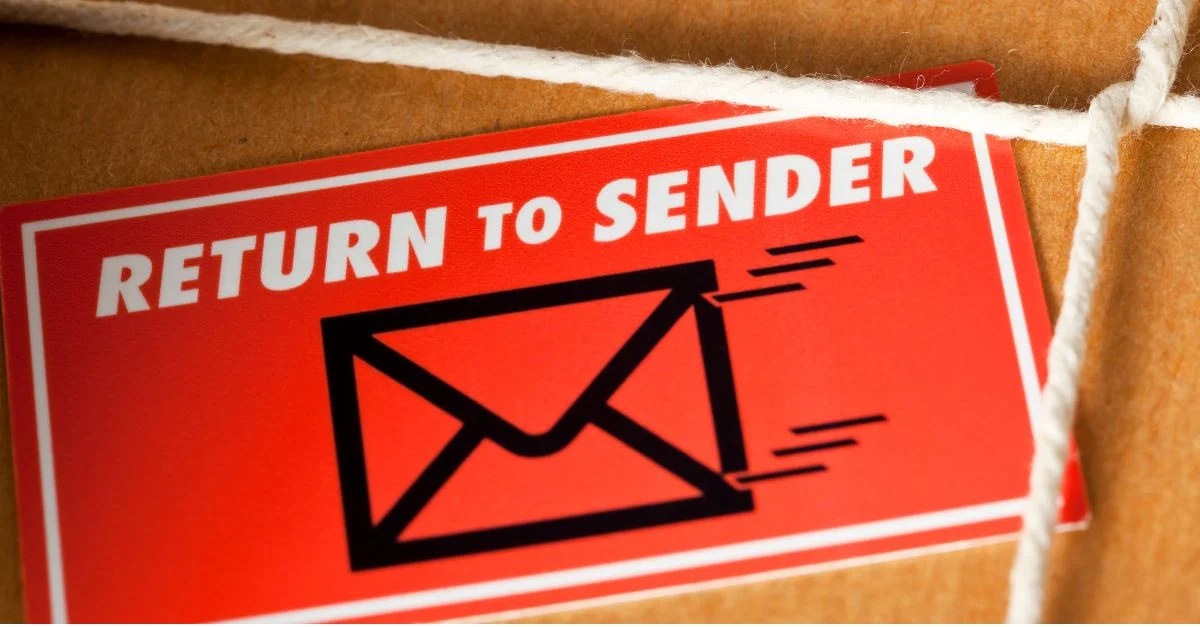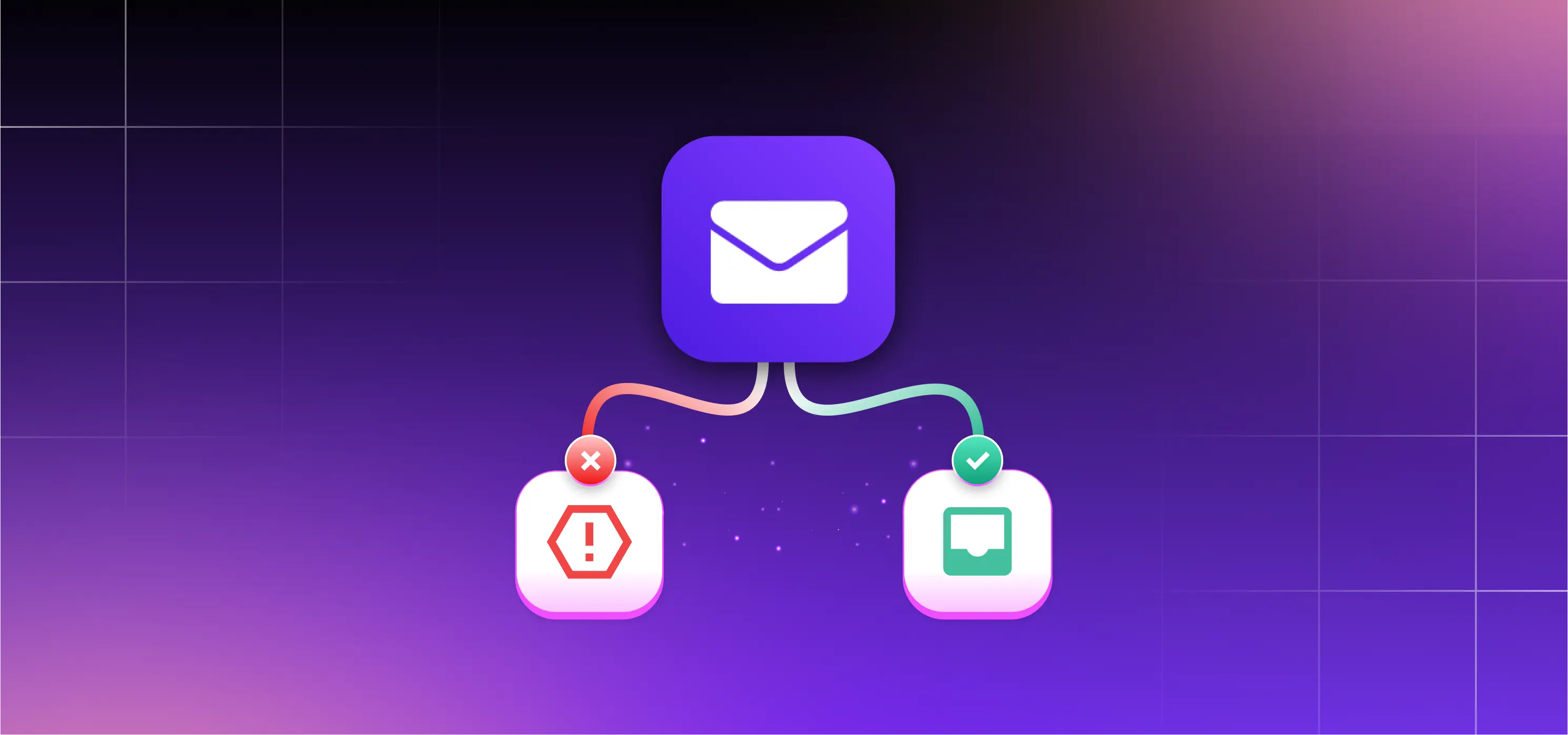Summary
Improving email deliverability and Google's reputation after sending spam requires a comprehensive approach. Key areas include prioritizing a clean and engaged email list through double opt-in and regular cleaning, authenticating emails using SPF, DKIM, and DMARC protocols to verify sender identity, creating engaging and valuable content to foster higher engagement rates, and carefully monitoring sender reputation using tools like Google Postmaster Tools and Microsoft SNDS. Furthermore, domain reputation is affected by all domains involved in sending, and recovering from spam events requires patience, consistent application of best practices, and focusing on providing recipients with wanted mail.
Key findings
- Authentication: SPF, DKIM, and DMARC authentication are essential for establishing trust and improving deliverability.
- List Hygiene: Maintaining a clean and engaged email list through double opt-in and regular cleaning is crucial for deliverability.
- Engagement: High engagement rates (opens, clicks) signal that your emails are wanted, positively impacting reputation.
- Reputation Monitoring: Regularly monitor sender reputation using tools like Google Postmaster Tools and Microsoft SNDS to identify and address issues.
- Multiple Domain Impact: All domains involved in the email (return-path, from, DKIM signing, URLs) affect deliverability.
- Deliverability First: Focus on fixing delivery issues first, as reputation is a trailing indicator.
- Patience Required: Recovering from spam events and rebuilding domain reputation takes time and consistent effort.
Key considerations
- Implement Double Opt-in: Ensure subscribers genuinely want your emails by implementing a double opt-in process.
- Segment Your Audience: Send more targeted and relevant content by segmenting your audience.
- Analyze Bounce Messages: Troubleshoot deliverability issues by analyzing bounce messages and feedback loop data.
- Engaging Content: Focus on creating valuable and engaging content to solve problems for subscribers and encourage interaction.
- IP Warming: Rebuild trust through gradual IP warming if using dedicated IPs, particularly after spam issues.
- Encryption with TLS: Employ TLS to secure and encrypt the emails
- Negative Feedback: Address any negative feedback and react quickly
What email marketers say
9 marketer opinions
Improving email deliverability after sending spam and managing domain reputation involves a multifaceted approach. Key strategies include cleaning email lists to remove inactive addresses, implementing double opt-in to ensure genuine subscriber interest, segmenting audiences for targeted content, and authenticating emails with SPF, DKIM, and DMARC. Monitoring sender reputation via tools like Google Postmaster Tools and Microsoft SNDS is crucial. Recovery from spam events requires patience, gradual IP warming, and a focus on delivering engaging and valuable content to build trust and demonstrate that emails are wanted by recipients. Regularly review email configuration, troubleshoot deliverability issues by analyzing bounce messages, monitor spam complaint rates, and maintain consistent sending schedules.
Key opinions
- List Hygiene: Cleaning email lists and using double opt-in significantly improve deliverability by ensuring only engaged and valid subscribers receive emails.
- Authentication: Implementing SPF, DKIM, and DMARC authentication protocols is critical for verifying email legitimacy and reducing the risk of being marked as spam.
- Engagement Matters: High engagement rates, driven by valuable content, positively influence sender reputation and inbox placement.
- Reputation Monitoring: Tools like Google Postmaster Tools and Microsoft SNDS are essential for monitoring sender reputation and identifying deliverability issues.
- IP Warming: Gradual IP warming is crucial for establishing a positive sending history, particularly after sending spam or for new IP addresses.
- Segment and Target: Segmenting audiences and sending targeted, relevant content increases engagement and improves deliverability.
- Patience is Key: Recovering from spam events and improving domain reputation requires consistent effort and time.
Key considerations
- Multiple Domain Reputations: If multiple domains are used in the email sending process (e.g., From address, DKIM signing domain, URLs), each domain's reputation can affect deliverability.
- Content Relevance: Ensure the content is relevant and provides value to subscribers to encourage engagement and reduce spam complaints.
- Feedback Loops: Actively monitor feedback loops and address spam complaints promptly to prevent further damage to your reputation.
- Deliverability Tools: Utilize deliverability testing tools to identify configuration issues and improve inbox placement rates.
- Monitor Bounce Messages: Analyze specific bounce messages and feedback loop data to diagnose and fix deliverability issues. Consistently sending wanted mail is key.
- Email Sending Frequency: Maintain consistent sending practices, proper authentication, and low spam rates for maintaining a positive sender reputation.
- Review Configuration: Review error codes, address any authentication failures, and check your configuration.
Marketer view
Email marketer from NeilPatel.com shares that improving email deliverability involves several key steps: cleaning your email list to remove inactive or invalid addresses, segmenting your audience to send more targeted and relevant content, authenticating your email with SPF, DKIM, and DMARC, and monitoring your sender reputation to identify and address any issues promptly. Engaging content and consistent sending schedules can also positively impact deliverability.
26 Jul 2024 - NeilPatel.com
Marketer view
Email marketer from Mailjet explains that creating engaging and valuable content is a critical factor in improving email deliverability. Ensure that your emails provide relevant information, solve problems for your subscribers, and encourage interaction. High engagement rates (opens, clicks, replies) signal to mailbox providers that your emails are wanted, which improves your sender reputation.
24 Mar 2025 - Mailjet
What the experts say
7 expert opinions
Improving Google email reputation after sending spam and handling multiple domain reputations requires a comprehensive strategy focusing on sending wanted mail and addressing underlying issues. Key steps include analyzing bounce messages and feedback loops to understand why Google filters your mail, adhering to email marketing best practices like double opt-in and regular list cleaning, and ensuring proper authentication with SPF, DKIM, and DMARC. Every domain used in an email impacts deliverability, and the worst reputation signal determines filtering. Consistent sending to engaged recipients, especially those opening emails, is crucial for exiting 'jail' with Google and rebuilding trust.
Key opinions
- Domain Reputation Matters: All domains used in an email (return path, From, DKIM d=, URLs) have a reputation that impacts deliverability.
- Worst Reputation Wins: Email filtering is based on the worst reputation signal among all domains used in the email.
- Fix Delivery First: Reputation is a trailing indicator; improve delivery practices to improve reputation.
- Send to Engaged Users: Focus on sending email to recipients who are opening and interacting with your mail to signal 'wanted mail' to Google.
- Address Underlying Issues: Analyze bounce messages, feedback loops, and spam complaints to identify and resolve the root causes of deliverability problems.
- Best Practices Essential: Following email marketing best practices like double opt-in and regular list cleaning is vital for maintaining a good sender reputation.
Key considerations
- Analyze Signals: Examine bounce messages, error codes, and feedback loop data to understand Google's spam filtering reasons.
- Authenticate Properly: Ensure proper authentication with SPF, DKIM, and DMARC to prove legitimacy.
- Clean Your List: Remove inactive or invalid addresses to reduce bounce rates and improve engagement metrics.
- Prioritize Engagement: Focus on sending valuable, wanted mail to improve open rates and reduce spam complaints.
- Monitor Reputation: Regularly monitor your sender reputation with tools like Google Postmaster Tools to identify and address issues promptly.
- Recent Spam History: Recent spam history impacts trust and requires consistent efforts to demonstrate wanted mail.
Expert view
Expert from Email Geeks explains that the relevant domains for email reputation are the return path, the visible From domain, the d= used for DKIM signing, and the hostnames of URLs in the email body.
3 Oct 2022 - Email Geeks
Expert view
Expert from Email Geeks shares that every domain in an email has a reputation and they're all important. One domain with a bad reputation will bulk folder your mail, regardless of the reputation of other domains. Your mail is filtered based on the worst reputation signal in your email.
8 Feb 2024 - Email Geeks
What the documentation says
5 technical articles
Improving email deliverability and Google reputation, as outlined in technical documentation, centers on authenticating your domain, maintaining consistent sending practices, reducing spam complaints, and increasing encryption. Proper authentication with SPF, DKIM, and DMARC is emphasized to verify email legitimacy and improve sender reputation. Monitoring reputation through tools like Microsoft SNDS and addressing negative feedback are also critical. Adhering to best practices protects emails from fraudulent activities while maintaining list hygiene and engagement.
Key findings
- Authentication is Key: SPF, DKIM, and DMARC authentication are crucial for verifying email legitimacy and improving sender reputation.
- Sender Reputation Matters: A good sender reputation is essential for avoiding the spam folder and ensuring messages reach the inbox.
- Consistent Practices: Consistent sending practices and low spam rates are necessary for maintaining a positive reputation.
- Monitor Reputation: Regularly monitor sender reputation using tools like Microsoft SNDS.
- Encryption: Encrypting email with TLS improves domain trust assessments.
Key considerations
- Domain Authentication: Ensure your domain is properly authenticated with SPF, DKIM, and DMARC to improve deliverability.
- Feedback Loops: Actively monitor feedback loops and address spam complaints promptly to prevent further damage to your reputation.
- List Hygiene: Regularly clean your email list to remove inactive or invalid addresses to improve engagement metrics.
- Reduce Spam Complaints: Implement a double opt-in process and send relevant content to reduce the percentage of recipients marking your messages as spam.
- Use TLS: Encrypt emails with Transport Layer Security (TLS) to protect email from fraudulent and deceptive practices
Technical article
Documentation from RFC-Editor states that email should be encrypted using TLS, and be authenticated with SPF, DKIM and DMARC. This improves the ability to demonstrate trust of the sending domain, which leads to more accurate domain reputation assessments.
30 Jan 2024 - RFC-Editor
Technical article
Documentation from Dmarc.org says that Domain-based Message Authentication, Reporting and Conformance (DMARC) is a technical specification created by a group of email senders, receivers and intermediaries to improve and monitor protection of email from fraudulent and deceptive practices
23 Aug 2024 - Dmarc.org
Can a competitor damage my domain reputation by sending spam with my URL?
Can a domain with poor reputation negatively affect other domains in Google Workspace?
How can I improve email deliverability and open rates for a client with a bad domain reputation, especially with Gmail, and what strategies should I use for unengaged users?
How can I improve my domain reputation with Gmail?
How can I improve my email and domain reputation and overall deliverability?
How can I prevent cold emails from harming my domain reputation?
How can I recover my Gmail IP reputation after a sudden drop and hitting spam traps?
How can you improve a bad domain reputation for email sending?
How do DMARC, spam complaints, and IP reputation affect email deliverability and rejections?
How does sending domain, sending IP, and message content affect sending reputation?






